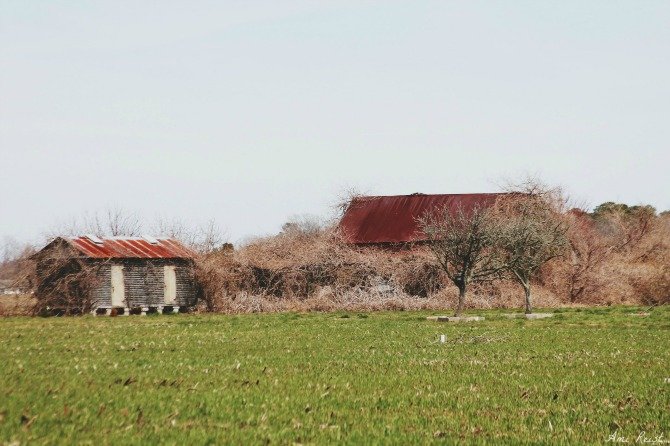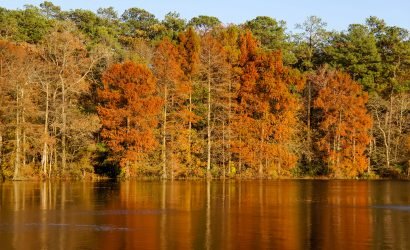Worcester County, MD is primarily known as a place for tourism. As thousands of individuals flock to Ocean City during the summer months, they travel past fields, farms, and agricultural history. The importance of agriculture to the Eastern Shore of Maryland cannot be overstated. Without farming and agricultural impact, our local economic, cultural, environmental, and aesthetic significance would be nonexistent.
In small communities across the county, agriculture faces struggles from international commodities, local development pressure, and an elder farm population. Now, more than ever, is time to focus on preserving our valuable farming industry. As a whole, Worcester County is consumed by approximately 111,800 acres of prime farmland. More than 1/3 of the acreage can be found in Berlin and nearby areas.
In 1977, the Maryland Agricultural Land Preservation Program was enacted. Since then, it has been one of the most successful farm preservation programs in the United States. The program protects current agricultural preservation districts and purchases agricultural conservation easements.
Throughout the 18th and 19th centuries, farms in the county grew crops like corn, oats, potatoes, hay, and flax. Farms located in close proximity to open waterways grew tobacco, corn, wheat, and harvested timber. Many crops were produced for local delivery while others were shipped outside of the county.
The Berlin, MD farms below are listed on Maryland’s list of nationally recognized historic properties because of their history in agriculture on the Eastern Shore. Do you recognize any of these farmsteads?
L. Coffin Farm (Sinepuxent Road, Berlin)
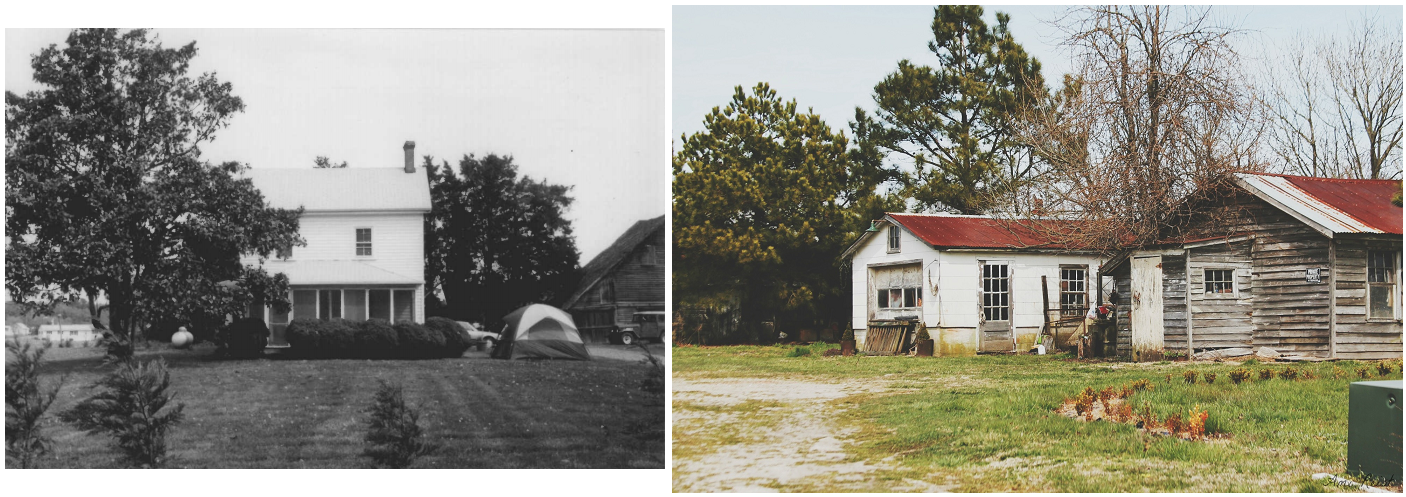
The L. Coffin Farm is a good example of a vernacular farmstead that dates from the middle to later 19th century. Although the outbuildings are not contemporaneous with the dwelling, as a unit, the structures and the surrounding cropland illustrate an intact farmstead.
The farm is associated with a period in Worcester County agriculture when crops such as corn, oats, potatoes, hay, and flax were being produced for both subsistence and for sale outside of the county. The farmstead is situated along Trappe Creek. The creek was used as a reliable water source for the farm.
Based on physical inspection, the farmhouse was likely constructed in the third quarter of the 19th century. According to the Maryland Comprehensive Historic Preservation Plan Data, the farmstead falls in the Agricultural Industrial Transition, a period ranging from 1815 – 1870.
Laban J. Taylor Swamp Farm (Ocean Gateway, Berlin)
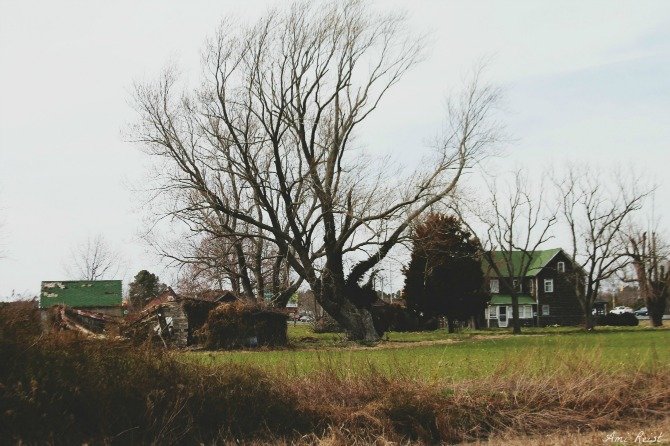
Known historically as the Holly Grove Farm or the Laban J. Taylor Swamp Farm, this two-and-a-half story shingled frame dwelling is one of the few intact farmhouses that still stands along the Route 50 corridor between Berlin and Ocean City, MD. The home is estimated to date to the third quarter of the 19th century; the house is distinctive for its wood shingled exterior and well preserved condition. The house was constructed when Laban J. Taylor owned a stretch of land called Holly Grove.
The property shows that Taylor purchased the land in December of 1872. Taylor was one of the wealthiest farmers living in northeastern Worcester County during the mid to late nineteenth century. He is listed as a farmer in the 1860 US Census with his wife Sally and three children, Margaretta, Thomas, and Laban. His personal and real estate holdings were valued together at $16,000. Laban J. Taylor’s principle residence was in the vicinity of Taylorville while Holly Grove was a subsidiary property evidently handled by tenants.
After Laban Taylor’s death his holdings were sold by an estate trustee to Thomas N. Quillen. In his will of 1884, Thomas N. Quillen bequeathed the Laban Taylor Swamp Farm to his daughter, Sallie M. Cropper, and the land remained in Cropper family hands until the turn of the century. Since the early 1940s the property has been held by the Fisher family. Even today, you may see a few Fisher’s Popcorn trucks parked at the eastern most, modern and still operational barn. The land is covered with corn crops in the summer season.
Grace T. Trader Farm (Carey Road, Berlin)
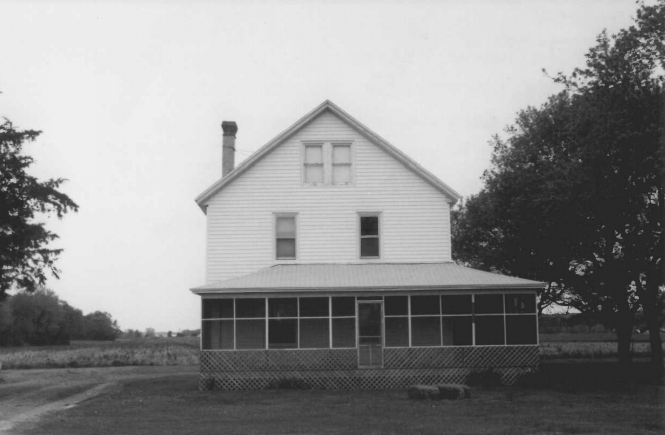
The Grace T. Trader Farm consists of a detached, single-family dwelling and a shed outbuilding. The 2-and-a-half story, front-gabled dwelling was most likely constructed in the 1910s or 1920s. The front-gable features a symmetrical south facade with three bays. The balloon frame structure is covered with aluminum siding and exhibits a gable roof clad with composition asphalt shingles. The foundation is mostly brick with some concrete block in the rear of the home.
The Grace T. Trader Farm is a representative example of a vernacular farmstead that dates to the early decades of the twentieth century. It serves to illustrate the development of farmsteads in this century in an agricultural area mostly developed during the 19th century. The Grace. T. Trader Farm developed during an era in which truck farming was replacing older agricultural models and new fruit and vegetable crops were on the rise in Worcester County. The farmhouse, shed, and surrounding cropland and forest retain the setting and feeling of the historic period.
Currently, the Grace T. Trader Farm is for sale. 10 acres of property are being sold with the farm house. Several modifications have been made to the home over the past decade.
Newport Farm (Hayes Landing Road, Berlin)
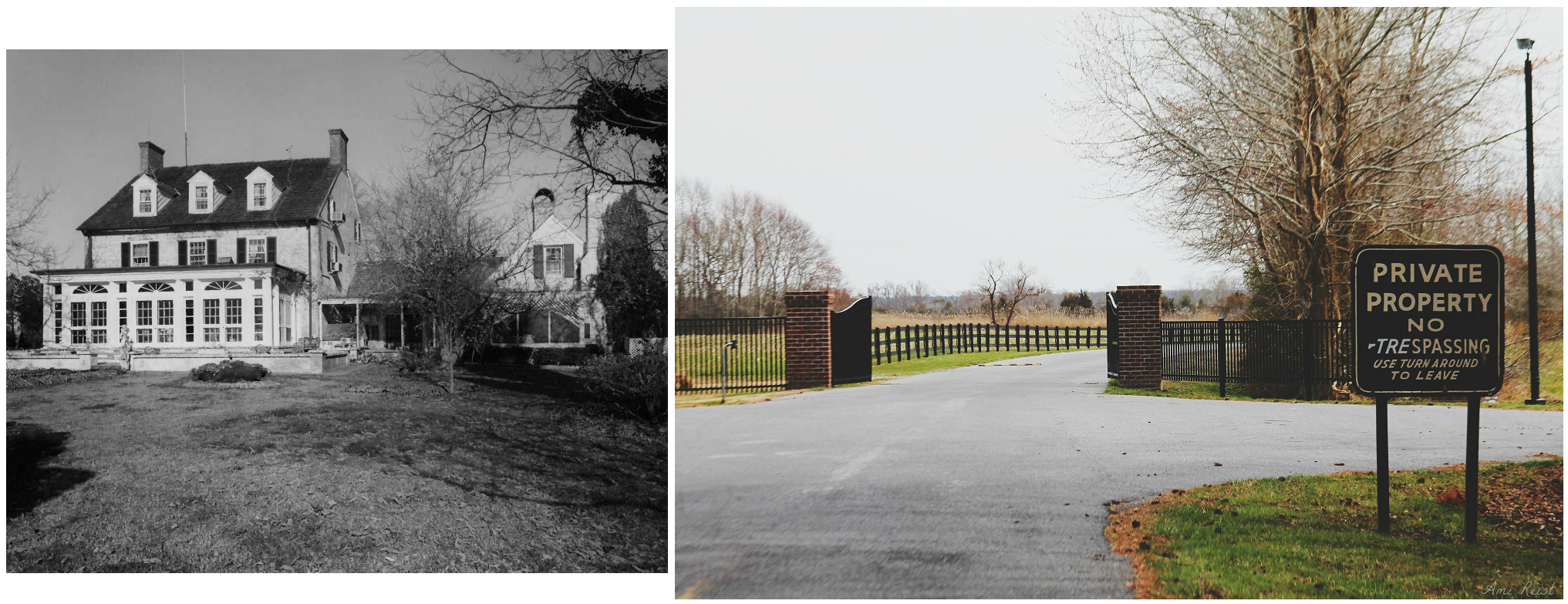
With Flemish bond brick walls, Federal-style woodwork, and Georgian proportions, many historians believe that the two-story, four-room house on Newport Farms was erected during the late 18th century. However, after architectural analysis, it’s proven that the impressive three-bay, double-pile dwelling was constructed during the first quarter of the 19th century.
The corbeled brick cornices on the exterior and the late stylistic nature of the neoclassical mantels are strong indications that this house was erected for Dr. George W. Purnell (1776 – 1844) after his purchase of Rackliffe family lands in December 1813.
The house, prominently sited at the center of rich agricultural lands, was adjacent to Newport Creek. Several landings served as shipment points for local tobacco, corn, wheat, timber, and other produce during the 18th and 19th centuries. Like other large planters of his day, Purnell marketed surplus quantities of cured pork, bacon, and lard, as indicated in the inventory prepared after his death. Also listed were 528 bushels of shells, which were probably slated for burning in the stone lime kiln on the land near the plantation landing.
Today, the property is marked by many no trespassing signs and several gated driveways.
Pennington Farm (Three Penny Lane, Berlin)
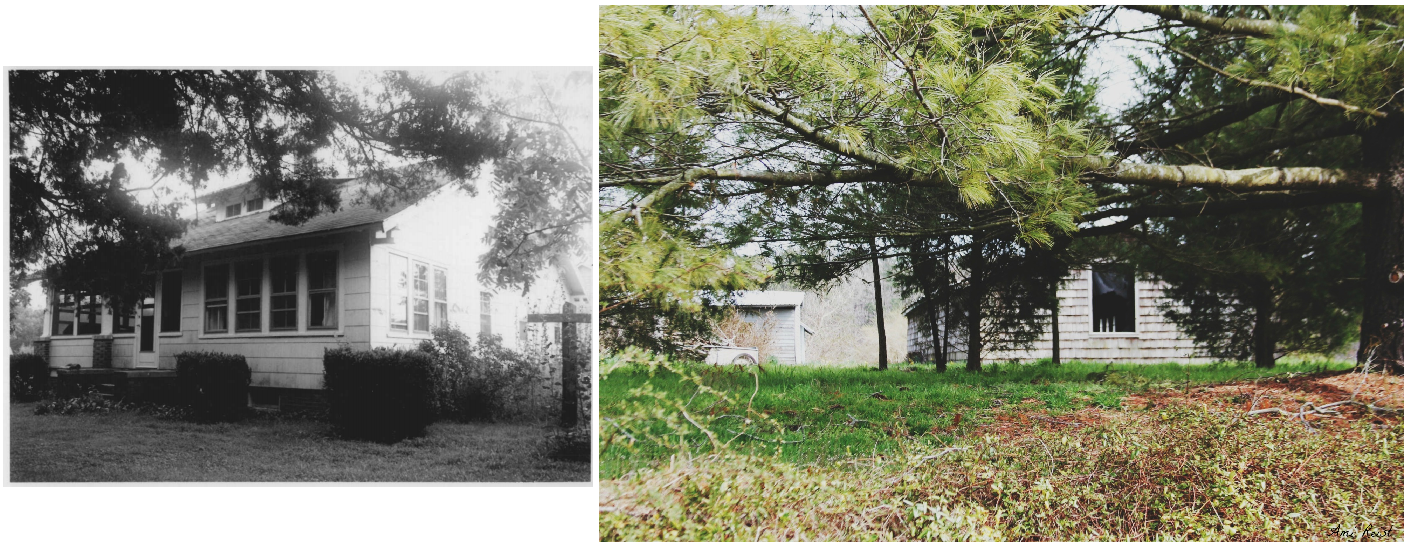
Built in 1935, Pennington Farm occupies nearly 42 acres of land and consists of a farm home and nine outbuildings. Unlike most other historic farms in Berlin, the Pennington Farm’s home is a bungalow – not a traditional farmhouse.
The home is set upon a brick foundation and covered by a wide, gable roof with a shed-roof dormer and exposed rafter ends. Now enclosed by apron walls, the west elevation once possessed a cut-away porch en-framing two of its three bays.
The house is surrounded by several domestic and contemporaneous out building and accosted agricultural buildings, including, most notably, a long, one-story chicken house and a gambrel-roofed barn.
The Pennington Farm reflects the mixed-crop cultivation and animal husbandry practices that evolved in the county in this period. County farms raised an array of livestock, including cattle and poultry. Corn and other grains formed a significant portion of the county’s agricultural production as well. As evidenced by the Pennington Farm’s chicken house, barn, corn crib, and storage sheds, the Pennington property participated in these winder trends associated with Worcester County’s past.
Historical information from the Maryland Historical Trust Inventory of Historic Property. Black and white photos from the US Library of Congress. Colored photos by Ami Reist.






